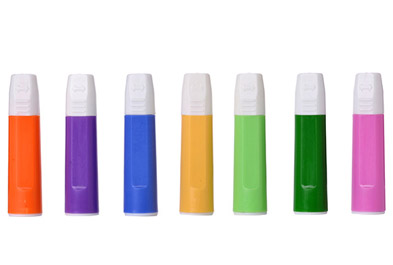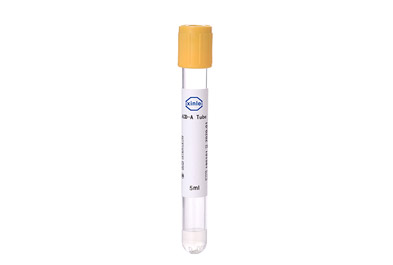As a Blood Collection Needle Factory, I would like to share with your information about blood collection.
History of blood collection needle development
Generation: Willow Needle
It is made of a single piece of metal foil. The needle is 3~4cm long and looks like a willow. The head has a fixed length needle tip. The length is about 2~3mm. The bottom of the needle tip is enlarged to control the depth of the needle. The groove extends from the tip of the needle to the end of the needle. Easy to pack and easy to be contaminated.
Second generation: plastic compression molding needle
It is molded in plastic and the tip is made of metal such as stainless steel. Each needle is equipped with a plastic needle cap for more independent packaging. Remove the needle cap before use to prevent contamination, the needle is small, the operation will be appropriate, the pain of the patient will be reduced, and the patient's psychological pressure can be alleviated; the price is low and can be used once.
The common shortcomings of the first and second generations: strong pain, the size of the wound mainly depends on the experience and professional quality of the clinical laboratory staff. The patient's wound is too close to the staff's fingers or gloves, and there is still the possibility of cross-contamination of blood between patients.
Blood Collection Needles
Three generations: Mechanical Blood Collection Needles
The mechanical device is used, and the needle is equipped with an ejection the device, which can almost completely achieve accurate, rapid, moderate and shallow, straight path piercing the skin, greatly reducing the pain of the patient. Basically solved the problems of strong pain and large wounds in the first two generations of blood collection needles.
When the blood collection needle punctures into the blood vessel, the blood actively flows into the micro blood collection tube because of the negative pressure effect in the blood collection tube; together with various additives preset in the micro blood collection tube, it is fully satisfactory for clinical multiple inductive blood tests, safe, closed Convenient transportation. A dry empty tube without additives: The inner wall of the micro blood collection tube is evenly coated with a chemical (silicone oil) to avoid wall hanging.
It uses the principle of natural blood condensation to condense blood, and after the serum is naturally separated, it is centrifuged. Primarily used for serum biochemistry (liver function, kidney function, myocardial enzymes, amylase, etc.), electrolytes (serum potassium, sodium, chlorine, calcium, phosphorus, etc.), thyroid function, drug testing, HIV testing, tumor markers, serum immunity learn. Condensation tube: The inner wall of the blood collection tube is evenly coated with silicone oil to avoid wall hanging, and a coagulant is added together. The coagulant activates fibrinase, making soluble fibrin a non-soluble fibrin polymer, which in turn constitutes a stable fibrin clot. If you want to get results quickly, you can use a coagulation tube. Generally used for emergency biochemistry. Blood collection tube rich in gel and coagulant: The wall of the tube is treated by silicidation and coated with a coagulant to accelerate blood clotting and shorten the inspection time. There is a separate glue in the tube, which has an excellent affinity with the PET tube. It does have a barrier effect. Generally, even in a general centrifuge, the liquid component (serum) and solid component (blood cells) in the blood can be separated from the glue. Completely separated and accumulate in the test tube to form a barrier.
Our company also has Cell Free DNA Tube, which is on sale. Welcome everyone to consult.

Pulished on Jun. 24, 2020

Pulished on Jun. 16, 2020